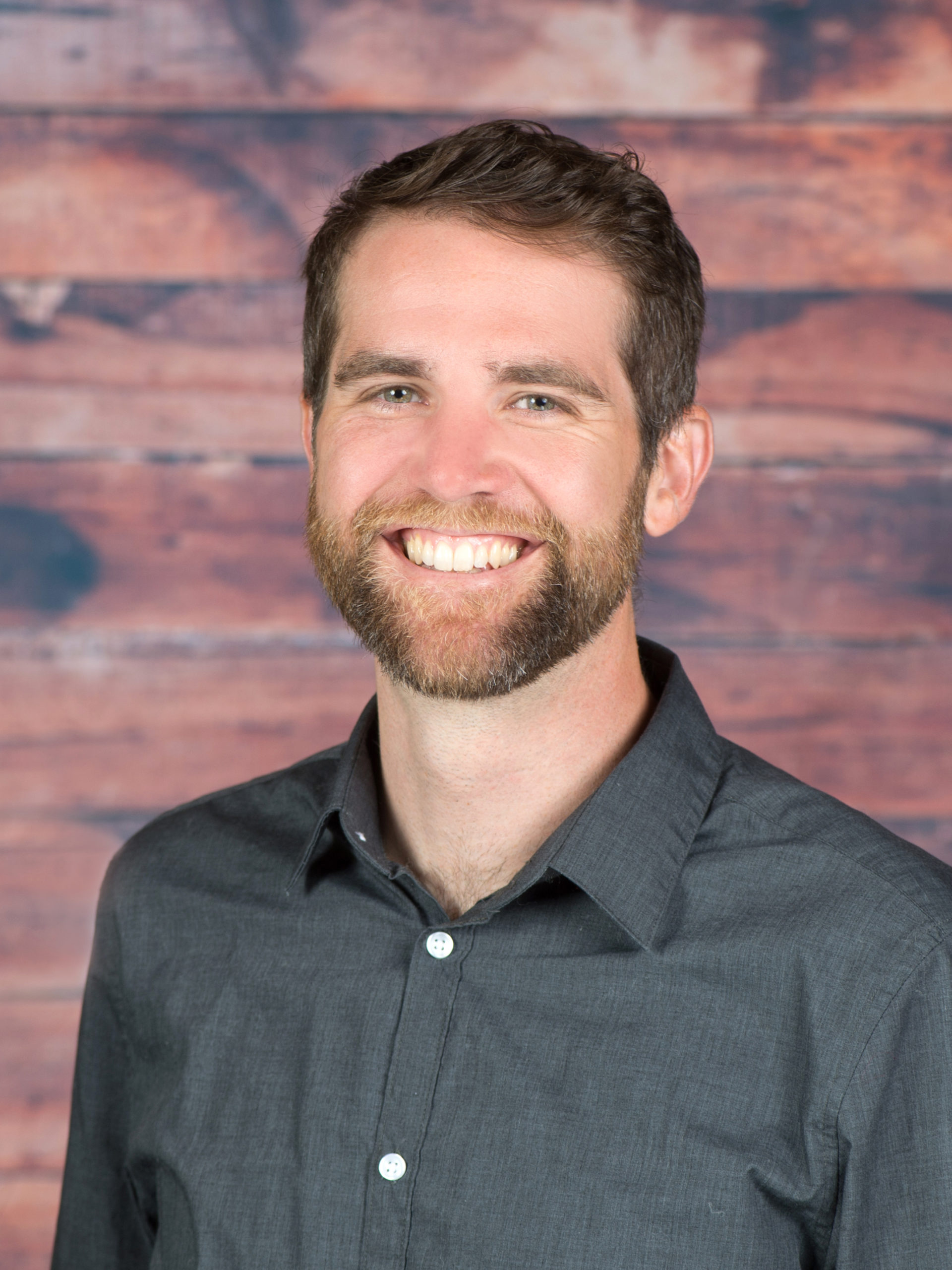Blog
THE FUTURE OF AGILE: LOSE YOUR MANIFESTO
Matt Jamison is no stranger to agile. As the Service Lead for technology at The Gunter Group, Jamison is putting his twenty years of tech experience to good use. He has kept his finger on the pulse of all-things-IT for quite some time.
Jamison’s latest reflections on tech would surprise you. Lately he has been talking agile, but not in the way you might expect. He believes that business is on the threshold of change.
First, Jamison likes to point out that the idea behind agile is not new. “The Agile Manifesto and the Scrum Guide aren’t revolutionary. Extreme Programming was a thing back in the 90’s. It’s essentially agile. Sit with another person who knows what you’re doing and then iterate. Iterative problem-solving is not new, even if organizations are getting more intentional lately about building agile methods into their structure.”
That being said, Jamison does understand why people go for the rigid approach of particular agile methods. “Someone wrote out a manifesto and it was picked up by Silicon Valley IPO’s that made a ton of money. Now people assume it’s what they have to do to make money.”
There’s nothing wrong with the rigor of a guide or manifesto; it can often be a good entry point into an iterative way of thinking. But Jamison thinks that this can also be an excuse to stop thinking critically.” 15 years ago another developer told me something that still sticks with me. He said, ‘Every problem can be solved with one additional layer of abstraction.’ In an agile environment, you often come to a pain point between a problem and the guide’s method for solving it. That’s when I blur the boundaries outlined by a manifesto and see if I can bring in something new that adds value.”
Jamison has a question that he loves to ask: Does this work for us? “The key is to understand the reason you’re doing something. If you challenge a rule from a manifesto, you need to understand both the reason for the rule and the reason for breaking it. Are you iteratively getting better at something? Then you’re doing agile.”
“Agile has become a thing,” says Jamison. “The experiment worked! The terminology won’t stick around, but the philosophy is a good way to solve problems. In that way, I think agile will continue to move businesses after the marketing engine stalls.”
Jamison believes that agile is on the threshold of a new era. Agile was once a firm framework that provided structure to tech developers. As the hype fades, agile is transforming into a set of best practices that will enjoy wide-spread adoption in a variety of organizations.
Organizations are already putting agile’s successful components to practice. Tech heavyweights like Spotify have experimented with non-traditional loose agile structures. Non-IT companies like banks (Barclays) and manufacturers (GE) have jumped on the wagon as well, experimenting with enterprise-scale structures that promote iterative growth and continuous feedback with less of the rigor. In the end, businesses want what works–and they are finding that in agile.
This is a slow transformation. It is not hard to see the benefit of iteration, feedback, and innovation found in agile methods; it is much harder to make an enterprise-scale transition. Each organization is unique, and the incorporation of agile requires thoughtful planning and customized implementation. Jamison is helping the consultants at The Gunter Group to combine agile best practices with their business experience in order to meet the unique needs of our clients.

Matt is an experienced solutions architect with a results-oriented understanding of the intersection between reality and architectural theory. He has the ability to plan, develop, and implement large-scale projects while maintaining impeccable attention to detail. With 18 years of functional information technology experience, Matt has end-to-end IT knowledge from layer 1 networking to application API interaction. An expert in mapping technology solutions to business needs, Matt is also able to conform to required regulations while maintaining IT best practices. Matt’s experience spans multiple industries, including healthcare, telecommunications, and security and software. He is an AWS Certified Solutions Architect. Outside of work, Matt enjoys the outdoors and all things bike-related.
